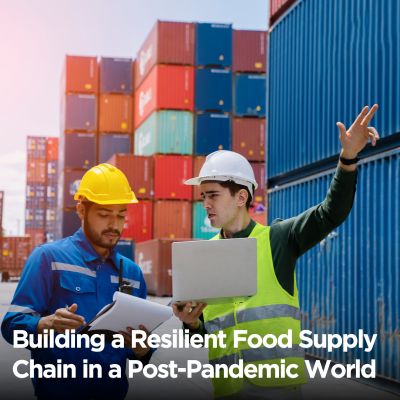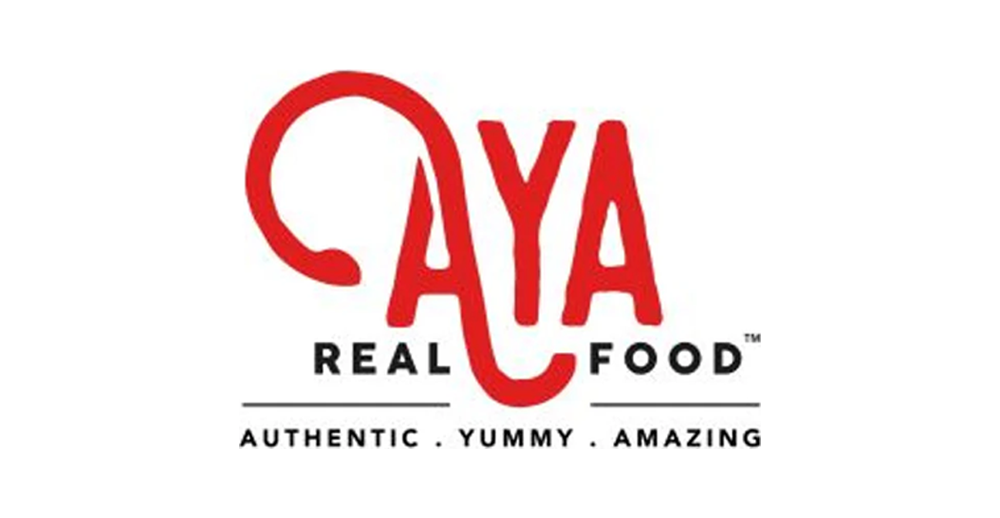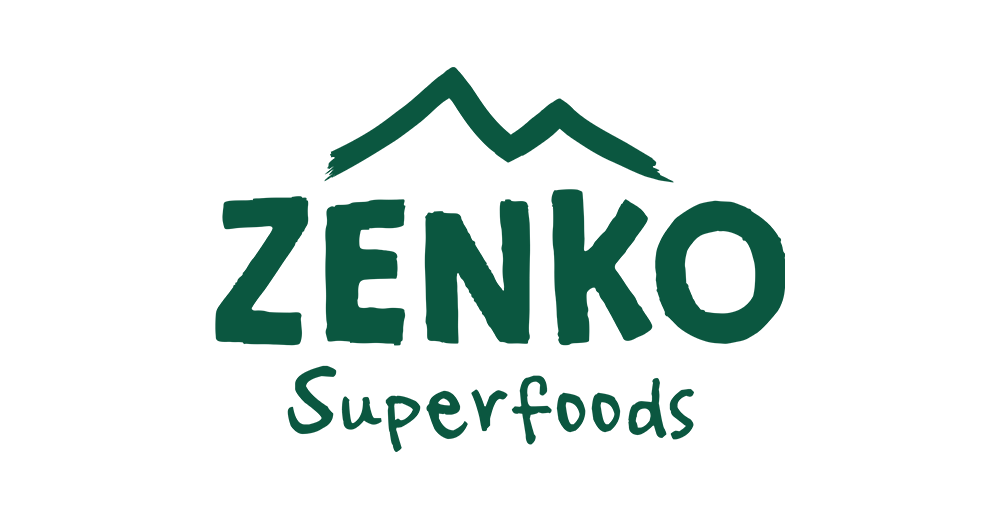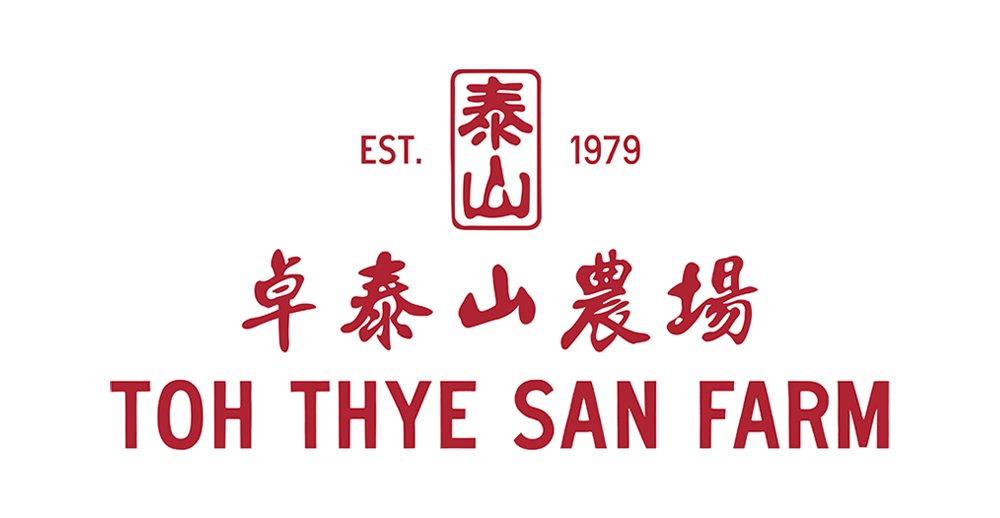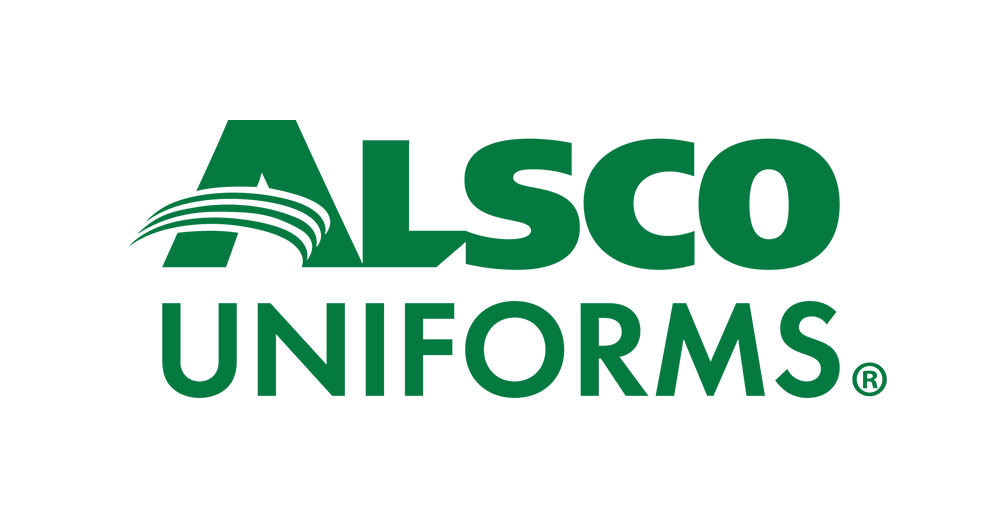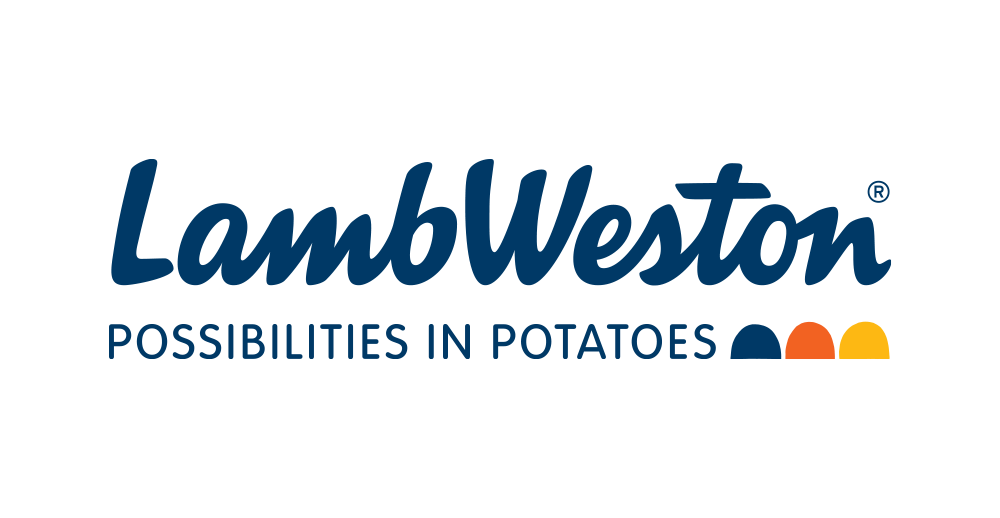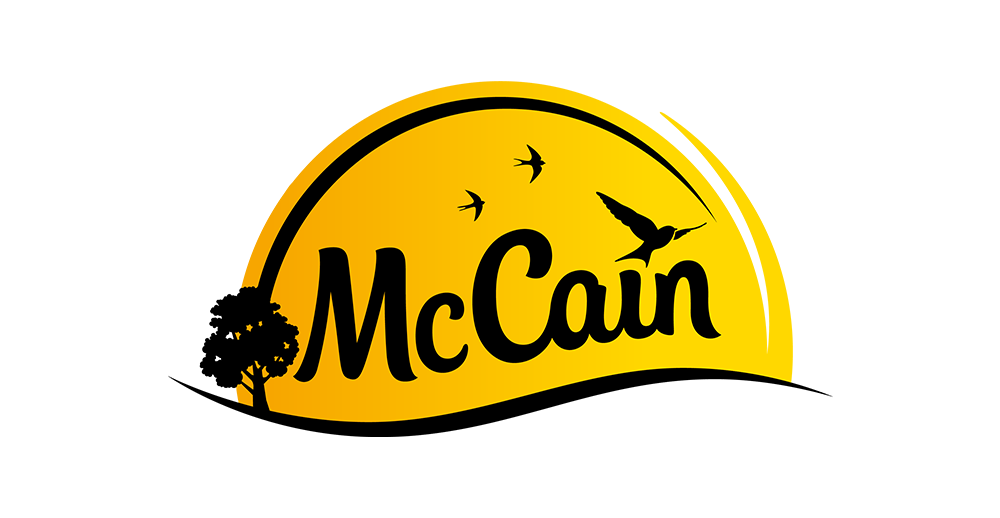The global rise of online food delivery has been nothing short of transformative, growing at the highest rate in recent years.
For restaurants, the challenges of managing rising operational costs, inflation, and increased competition are more pressing than ever.
By 2025, the global food delivery market revenue growth is expected to surpass 20% and hit $200 billion, underscoring its significant impact on the industry.
Traditional methods of managing restaurant operations, such as manual order processing and extensive physical space requirements, still need to be improved in the current market.
The food and beverage industry is experiencing a shift as more establishments are turning to online food delivery to improve efficiency and profitability.
When streamlining operations with online food delivery, restaurants can reduce overhead costs, minimize errors, and boost the customer experience.
This strategy helps address immediate challenges and sets the stage for long-term success in a highly competitive landscape.
Cost Challenges Facing Restaurants in 2025
As we move into 2025, restaurants contend with financial pressures threatening their profitability. Chief among these challenges is inflation, which has driven up the cost of both food and energy.
These increases strain day-to-day operations, forcing many restaurants to raise their prices while striving to maintain customer satisfaction.
Additionally, the aftereffects of the pandemic have had a lingering impact on the restaurant industry, causing labor shortages and a shift in consumer preferences toward convenience and safety.
Geopolitical issues further exacerbate the situation, as disruptions to global supply chains have caused fluctuations in the cost of essential ingredients and food packaging.
Countries like Singapore, where energy costs are especially high, have been particularly hard hit by these changes.
Restaurants in Southeast Asia face the dual challenge of maintaining operational efficiency while managing skyrocketing expenses.
Restaurants combat these rising food and beverage costs by turning to technology, such as food delivery management software. By automating processes and aligning operations, restaurants can focus on delivering better customer experiences while controlling expenses.
In particular, cloud-based software solutions, such as restaurant order-taking systems, help businesses reduce labor costs while reducing the chances of human error.
Adopting food delivery can also help restaurants save on expenses related to renting physical spaces. With the rise of cloud kitchens and quick-service restaurants, restaurants no longer need large dining spaces to thrive.
When operating more efficiently, restaurants can continue to meet customer demands while keeping their operational costs manageable.
How Does Online Food Delivery Streamline Operations?
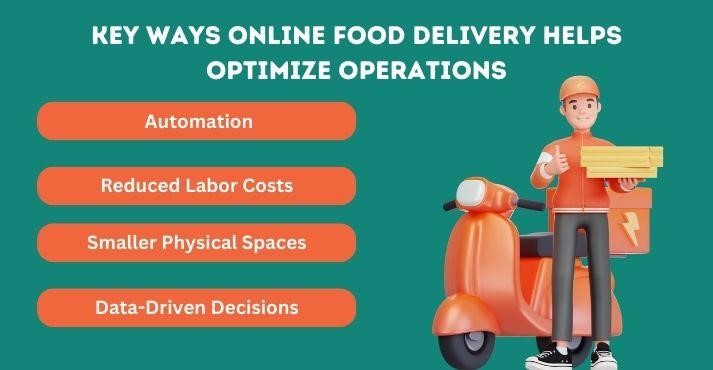
Online food delivery systems offer a variety of ways to help restaurants improve efficiency and reduce costs. Implementing an online restaurant ordering system can eliminate the need for a sizeable front-of-house team.
This type of automation allows orders to be processed quickly and accurately, freeing up staff to focus on other tasks, such as preparing meals or managing deliveries.
Moreover, online platforms reduce the reliance on physical dining spaces. With more customers choosing to order food for delivery rather than dining in, restaurants can operate out of smaller spaces, leading to lower rent and utility costs.
For example, GrabFood and Deliveroo are popular delivery services in Singapore that have helped local restaurants cut operational costs while reaching a broader customer base.
“One solution for reducing operational costs is embracing online food delivery. This method not only enhances the customer experience with more menu browsing time and order control, but it also streamlines operations and lowers costs.”
Sam Adepoyigi, Founder, Tasty Igniter
This insight from Sam Adepotigi, a seasoned industry expert, emphasizes how adopting food delivery brings convenience to customers and offers a significant advantage for restaurants looking to reduce operational burdens and increase profitability.
Key Ways Online Food Delivery Helps Optimize Operations
- Automation: Restaurants that adopt an online ordering system can automate order processing, reducing errors and freeing up staff for other tasks.
- Reduced Labor Costs: Automation also means fewer staff are needed to manage orders, leading to lower labor costs.
- Smaller Physical Spaces: With more deliveries and takeout orders, restaurants can reduce reliance on large physical spaces, lowering overhead costs like rent and utilities.
- Data-Driven Decisions: Online platforms provide detailed data on customer behavior, allowing restaurants to optimize their operations based on real-time insights.
The shift to online ordering for small restaurants is especially important, as many face steep rent increases and the challenges of managing physical dining spaces. Businesses that adopt online delivery systems can stay competitive while keeping costs in check.
Benefits of Online Food Delivery for Restaurants
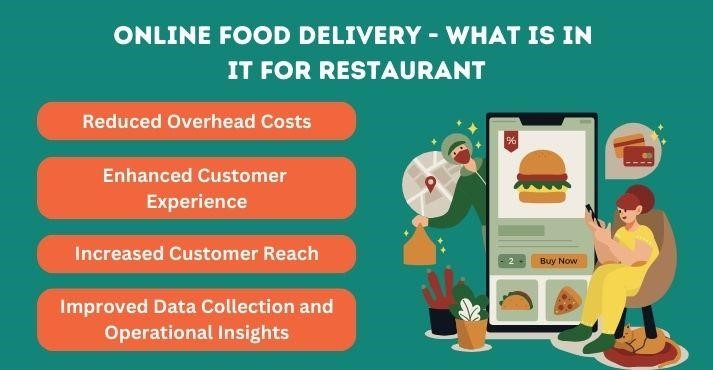
1. Reduced Overhead Costs
One of the most significant advantages of streamlining operations with online food delivery is reducing overhead costs. Traditional restaurants often rely on large physical spaces to accommodate dining customers.
These spaces come with substantial expenses, including rent, utilities, and staffing costs for front-of-house services. However, as more consumers opt for delivery, restaurants can reduce their physical footprints, operate from smaller kitchens, or even transition to cloud kitchens.
With the rise of cloud kitchens, many restaurants are adopting a delivery-only model, cutting down significantly on rent and utility bills. Without the need for full-service dining areas, restaurants can save money on:
- Rent for large spaces
- Utilities such as electricity and water usage for customer areas
- Labor costs by reducing the need for front-of-house staff
This shift allows restaurants to focus on the quality and efficiency of their kitchen operations while keeping costs low.
2. Increased Customer Reach
When adopting food delivery, restaurants can significantly expand their customer base. Delivery apps like GrabFood and Deliveroo allow restaurants to reach customers who may not have known about their physical location.
Additionally, these apps level the playing field by giving smaller establishments, like quick service restaurants, the same access to a broad customer base as more significant, more established brands.
Key benefits of increased customer reach include:
- Access to a broader audience beyond the local area
- Increased visibility on popular delivery apps, which can feature restaurants in sponsored listings and promotions
- Opportunities to reach new customer segments who may not dine in but are eager to try new delivery options
Delivery platforms also offer built-in marketing tools, allowing restaurants to promote their business through discounts and offers. This helps attract new customers and increases repeat orders.
3. Enhanced Customer Experience
One of the key advantages of online food delivery is the enhanced customer experience it provides. Today’s consumers expect convenience, control, and customization when ordering food. Online platforms allow customers to:
- Browse menus at their convenience
- Customize orders to their preferences, including substitutions or special instructions
- Track orders in real-time, offering transparency and peace of mind
This level of convenience increases customer satisfaction and makes it more likely that they will return for future orders. Furthermore, customers can easily view past orders, leave reviews, and provide feedback, all contributing to a better overall experience.
4. Improved Data Collection and Operational Insights
Another significant benefit of using food delivery software is the ability to collect valuable data on customer behavior. Restaurants can gain insights into:
- Popular dishes: Understanding which menu items are most ordered
- Peak ordering times: Identifying high-traffic periods to optimize staffing
- Effective promotions: Evaluating which offers drive the most sales
This data allows restaurants to make informed decisions, adjusting their menus, staffing levels, and promotional strategies to align with customer preferences.
Food delivery management software offers intuitive dashboards that track delivery times, customer feedback, and order volume, helping restaurants to:
- Identify bottlenecks in the delivery process
- Optimize delivery routes for faster service
- Improve customer satisfaction through timely delivery and response to feedback
With these insights, restaurants can fine-tune their operations to improve efficiency and profitability. Data-driven decisions help restaurants stay ahead of the competition by optimizing staffing for peak times or revising the menu based on customer preferences.
Types of Online Food Delivery Solutions
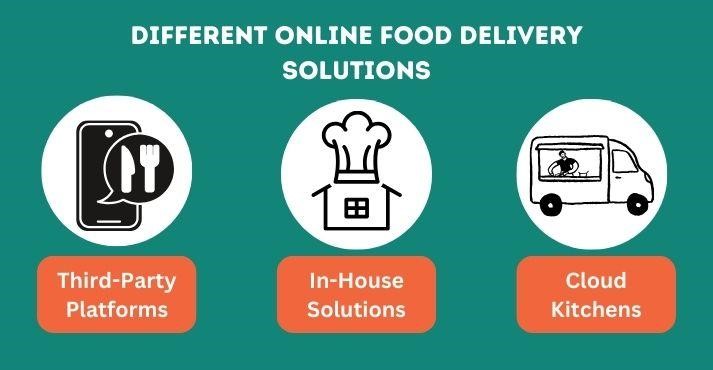
When it comes to online food delivery, restaurants have several options to choose from, depending on their needs and resources.
1. Third-Party Platforms
Third-party delivery platforms like GrabFood and Deliveroo offer restaurants a quick and easy way to start delivering meals without needing to develop their own systems.
These platforms handle everything from order processing to delivery, allowing restaurants to focus on cooking and fulfilling orders.
While convenient, these platforms often take a percentage of each sale, which can cut into a restaurant’s profit margin.
2. In-House Solutions
Some restaurants prefer to develop online ordering systems and manage delivery in-house. This option gives them full control over the customer experience and allows them to keep all profits.
However, creating and maintaining an in-house system requires more upfront investment in technology and staff.
3. Cloud Kitchens
A growing industry trend is cloud kitchens, where restaurants operate exclusively for delivery, with no dine-in services.
These kitchens allow restaurants to operate more efficiently, as they do not need to maintain a traditional storefront. Cloud kitchens often rent space in shared facilities, reducing operational costs while focusing entirely on fulfilling online orders.
Pros of Third-Party Platforms
- Easy setup
- Access to a large customer base
- No need to handle delivery logistics
Cons of Third-Party Platforms
- Commission fees
- Less control over the customer experience
Pros of In-House Solutions
- Full control over operations
- No commission fees
Cons of In-House Solutions
- Requires more upfront investment
- More complex logistics
Future of Online Food Delivery in Southeast Asia
The future of online food delivery in Southeast Asia is promising, with ongoing innovations that will transform the industry.
The rise of technologies like drone delivery and autonomous delivery vehicles is expected to revolutionize food delivery in urban areas. As Southeast Asia incorporates these innovations, restaurants will benefit from faster and more efficient delivery systems.
In Singapore, for example, the government’s push towards becoming a smart city has led to the widespread adoption of tech-driven solutions, including online food delivery platforms. With urbanization and technology shaping the region, more restaurants are expected to integrate these delivery solutions into their operations.
Southeast Asia’s online food delivery market is projected to grow even further as restaurants adopt the digital shift.
When adopting food delivery management software and other technological advancements, restaurants can remain competitive in this fast-evolving landscape.
Conclusion
In today’s competitive food industry, streamlining operations with online food delivery is not just a trend—it’s a necessity. From lowering overhead costs to improving the customer experience, online delivery platforms offer numerous advantages for restaurants looking to stay competitive.
A business can use third-party platforms or develop in-house solutions. Adopting food delivery software can lead to more efficient operations and higher profitability.
As Southeast Asia continues to innovate with new delivery technologies, restaurants that accept these changes will find themselves better positioned for long-term success.
This means that restaurants can thrive in the ever-growing online food delivery market by focusing on improving operational efficiency and meeting customers’ evolving needs.


